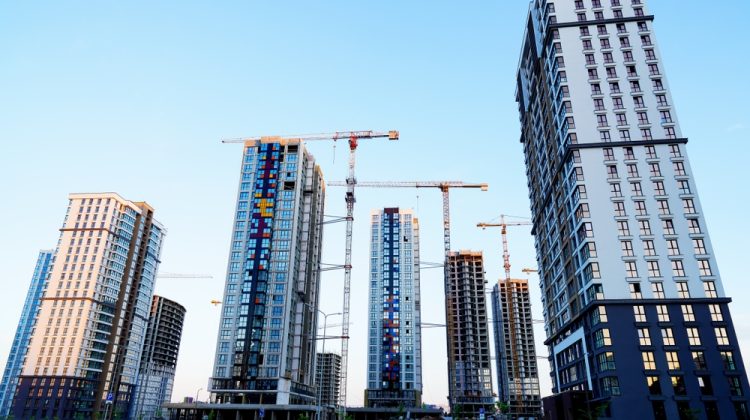
Life-Cycle Commissioning Strategy: Ensuring Building Performance
Life-Cycle Commissioning Strategy: Ensuring Building Performance from Start to Finish
A life-cycle commissioning strategy is a comprehensive approach to ensuring a building’s systems perform optimally throughout their entire lifespan. Instead of limiting commissioning to the construction phase, life-cycle commissioning extends from pre-design through operation, maintenance, and even renovation. This method improves performance, enhances energy efficiency, and reduces long-term costs.
What is Life-Cycle Commissioning?
Life-cycle commissioning is a process that ensures a building’s systems meet owner requirements at every stage—from initial design to daily operations. Unlike traditional commissioning, which often ends at project completion, life-cycle commissioning continues with ongoing monitoring, adjustments, and performance evaluations.
The goal is to create a sustainable, energy-efficient, and cost-effective building that performs as intended for decades.
Key Phases of a Life-Cycle Commissioning Strategy
1. Pre-Design Commissioning
During this phase, the commissioning team collaborates with architects and engineers to define Owner’s Project Requirements (OPR). These requirements guide design decisions, ensuring that performance targets are achievable.
2. Design Phase Commissioning
Commissioning agents review design documents to verify that systems meet efficiency goals and align with OPR. Early detection of potential design flaws saves time and money.
3. Construction Phase Commissioning
Here, functional performance testing is conducted to verify proper installation and integration of systems. This step ensures equipment operates efficiently from the start.
4. Post-Handover & Occupancy
After the building is occupied, ongoing commissioning includes system monitoring, energy performance analysis, and fine-tuning to address seasonal variations.
5. Continuous & Retro-Commissioning
Over time, buildings experience performance drift. Life-cycle commissioning integrates retro-commissioning to restore efficiency and maintain compliance with sustainability goals.
Benefits of a Life-Cycle Commissioning Strategy
-
Energy Efficiency: Optimizes HVAC, lighting, and control systems to reduce energy consumption.
-
Lower Operating Costs: Regular checks prevent costly repairs and equipment downtime.
-
Improved Occupant Comfort: Stable indoor conditions enhance productivity and well-being.
-
Sustainability Compliance: Supports LEED and other green building certifications.
-
Long-Term Asset Value: Extends equipment lifespan and ensures consistent performance.

Life-Cycle Commissioning and Energy Savings
An effective life-cycle commissioning strategy is one of the most reliable ways to achieve significant energy savings. By addressing inefficiencies at every stage, facility managers can prevent unnecessary energy waste and maintain peak performance levels.
If you want expert support in developing a life-cycle commissioning plan tailored to your building, contact us here.
Best Practices for Implementing a Life-Cycle Commissioning Strategy
1. Involve Commissioning Early
Engage a commissioning provider from the pre-design stage to avoid last-minute adjustments.
2. Use Data-Driven Monitoring
Implement smart building systems that track real-time performance metrics.
3. Schedule Periodic Reviews
Quarterly or annual performance reviews help maintain system efficiency.
4. Integrate with Sustainability Goals
Align commissioning strategies with green building standards to maximize long-term benefits.
Conclusion
A life-cycle commissioning strategy is not just a one-time process—it’s a continuous commitment to building performance, efficiency, and sustainability. From the first sketch to decades after occupancy, this approach ensures that every system operates at its best, reducing costs and enhancing occupant satisfaction.
For more detailed insights on energy-efficient building management, check out this Indian green building resource.
Read more related articles to enhance your knowledge and make informed decisions
Project Cost Management: Control Costs and Maximize Value
Project Budgeting Strategies for Efficient Financial Control







